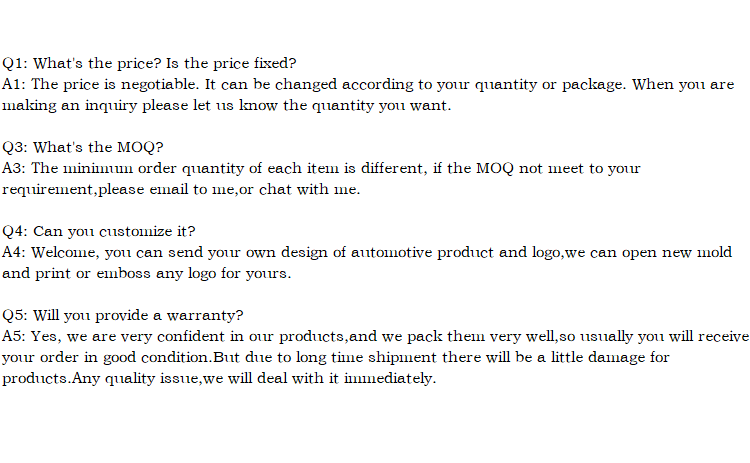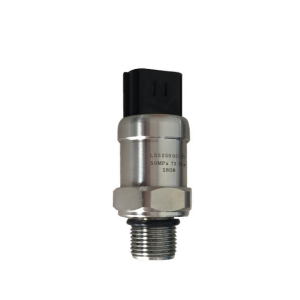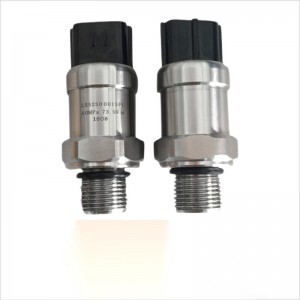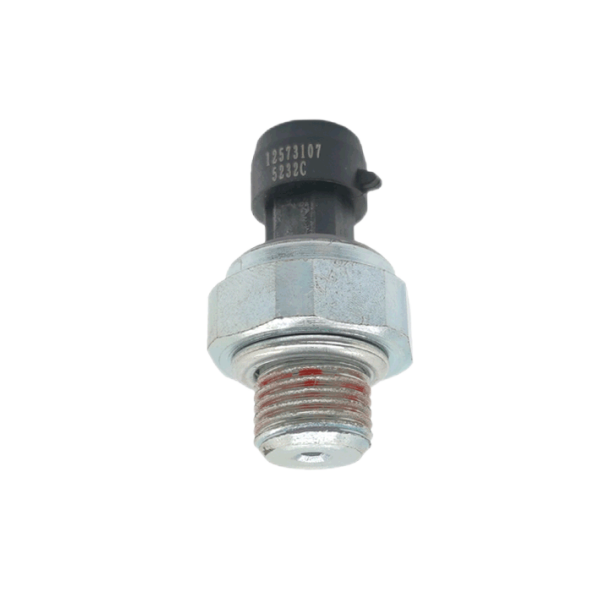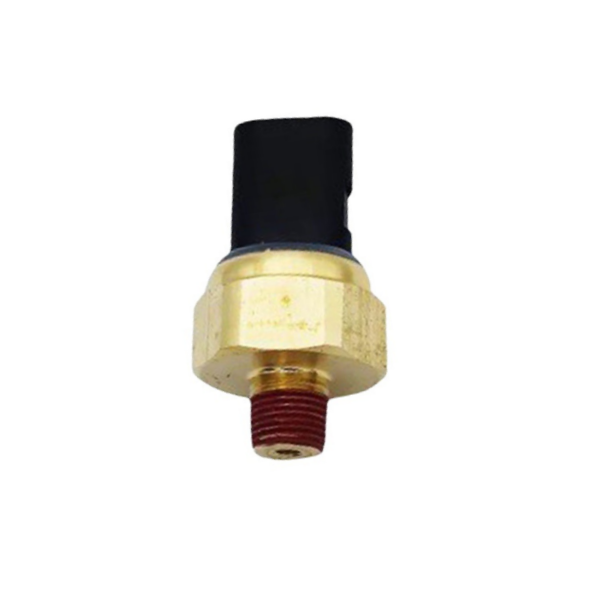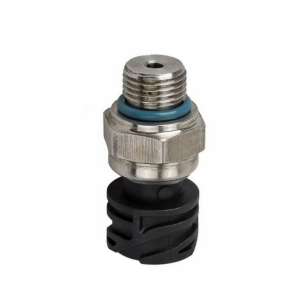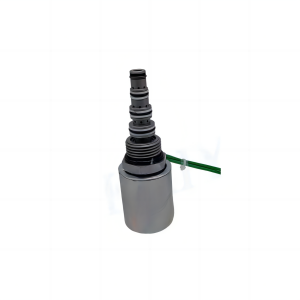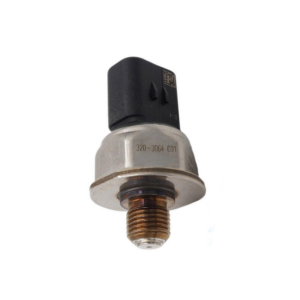High pressure sensor LS52S00015P1 of Shenzhen-hong kong excavator
Product introduction
Sensor for engine control
There are many kinds of sensors for engine control, including temperature sensor, pressure sensor, speed and angle sensor, flow sensor, position sensor, gas concentration sensor, knock sensor and so on. This kind of sensor is the core of the whole engine. Using them can improve the engine power, reduce fuel consumption, reduce exhaust gas, reflect faults, etc. Because they work in harsh environments such as engine vibration, gasoline vapor, sludge and muddy water, their technical index of resisting harsh environment is higher than that of ordinary sensors. There are many requirements for their performance indicators, among which the most important is the measurement accuracy and reliability, otherwise the error caused by sensor detection will eventually lead to engine control system failure or failure.
1. Temperature sensor: mainly detects engine temperature, intake gas temperature, cooling water temperature, fuel oil temperature, engine oil temperature, catalytic temperature, etc. The practical temperature sensors are mainly wire wound resistance, thermistor and thermocouple. Wire wound resistance temperature sensor has high accuracy, but poor response characteristics; Thermistor sensor has high sensitivity and good response characteristics, but poor linearity and low applicable temperature. Thermocouple type has high precision and wide temperature measuring range, but amplifier and cold end treatment should be considered.
2. Pressure sensor: mainly detects the absolute pressure of intake manifold, vacuum degree, atmospheric pressure, engine oil pressure, brake oil pressure, tire pressure, etc. There are several kinds of vehicle pressure sensors, among which capacitive, piezoresistive, variable inductance driven by diaphragm (LVDT) and surface elastic wave (SAW) are widely used. Capacitive sensor has the characteristics of high input energy, good dynamic response and good environmental adaptability. The varistor is greatly influenced by temperature, so it needs to set up a temperature compensation circuit, but it is suitable for mass production. LVDT type has a large output, which is easy for digital output, but its vibration resistance is poor. SAW is an ideal sensor because of its small size, light weight, low power consumption, strong reliability, high sensitivity, high resolution and digital output.
Product picture

Company details







Company advantage
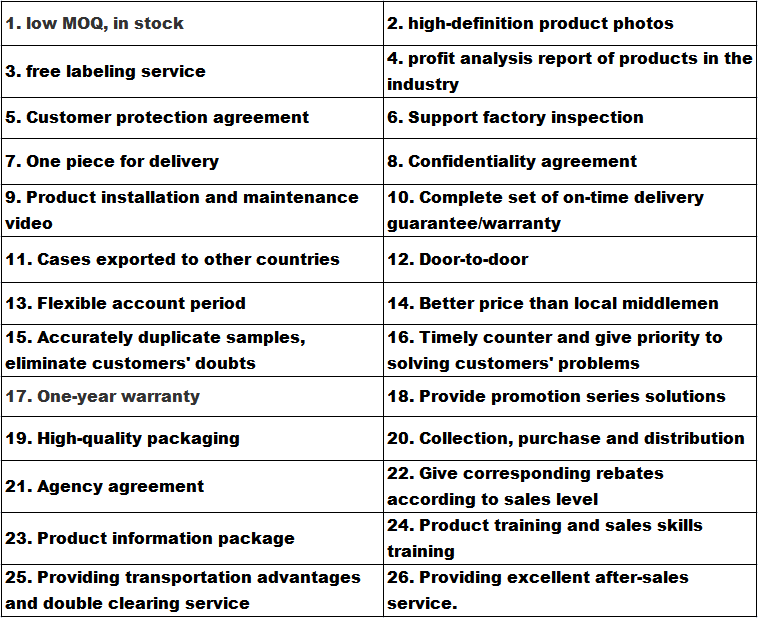
Transportation

FAQ
